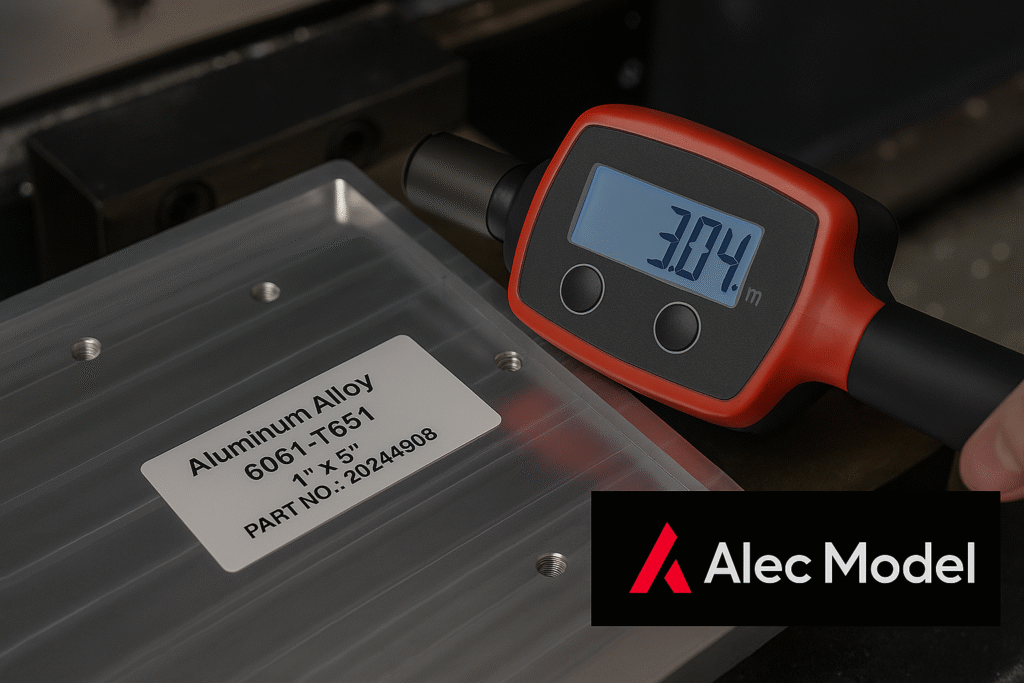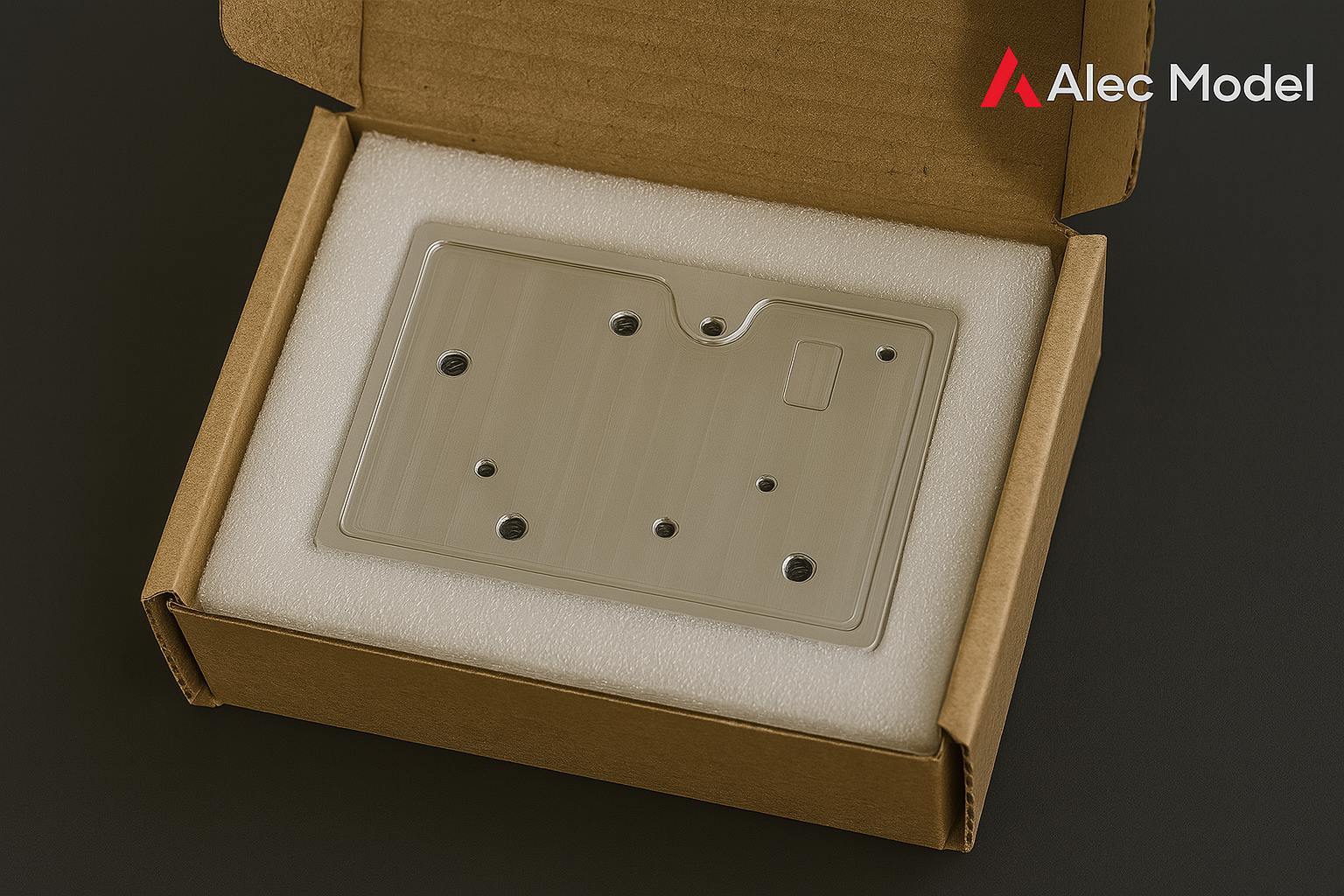In early 2025, we were approached by a U.S.-based automation systems integrator that specializes in high-speed transport systems used in semiconductor packaging and electronics final assembly, particularly focusing on cnc machined aluminum baseplates.
The client was preparing to launch a new generation of linear shuttle-based conveyors with modular installation frames. The cnc machined aluminum baseplates required for this system had to meet tight flatness and parallelism specs, while also accommodating various threaded inserts and alignment dowels. Their existing supplier struggled with consistency across batches, resulting in assembly gaps, vibration issues, and field rework.
After reviewing our CNC aluminum capabilities via our website and LinkedIn portfolio, the client initiated a technical review and submitted a trial PO for 8 cnc machined aluminum baseplates.






